The World’s First “Quiet” Trail:
Cueifong Lake Circular Trail
Chen Chun-fang / photos Kent Chuang / tr. by Scott Williams
March 2022
00:00
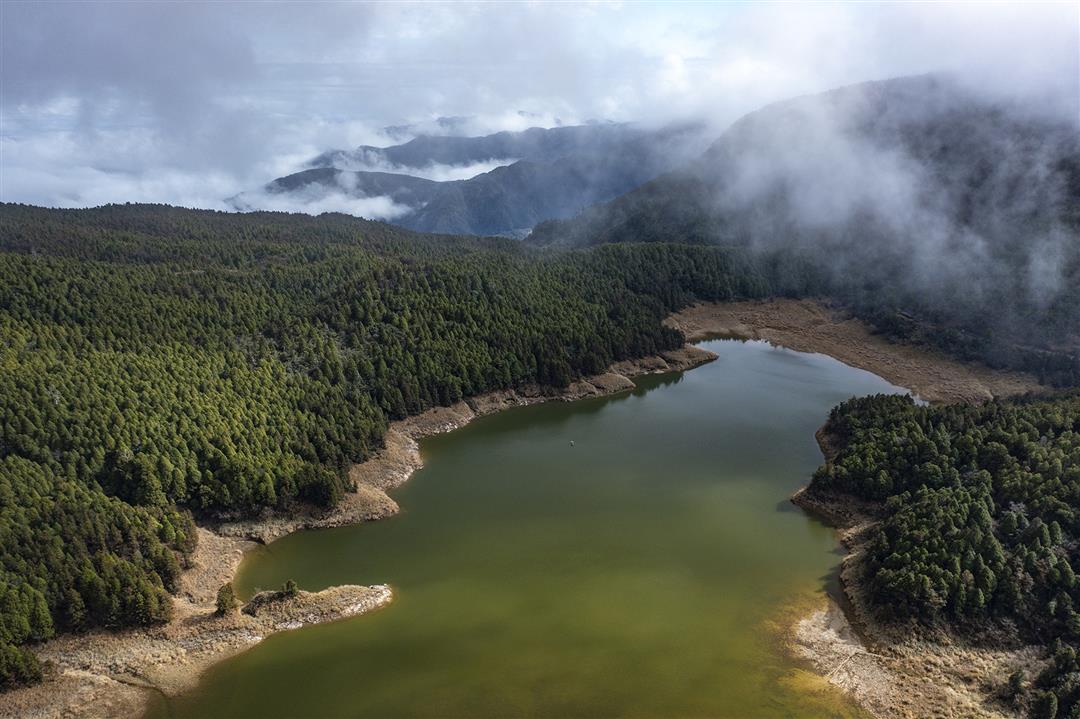
T he last few years have introduced the public to a new way to appreciate Taiwan’s rich and varied terrain. The hard work of government and private organizations has brought Taiwan its first nationally recognized “silent mountain trail”: the Cueifong Lake Circular Trail on Taipingshan. In 2020, it also saw Yangmingshan National Park designated the world’s first “urban quiet park.” In 2021, Taipei City’s “culture and quiet” earned it a place on Time magazine’s list of the “World’s Greatest Places.”
In April 2022, Cueifong Lake Circular Trail will become the first quiet trail in the world to receive international certification.
A winter morning finds us in Yangmingshan National Park, walking the Menghuan Pond Trail with Laila Fan, founder of the Soundscape Association of Taiwan. Standing at the trailhead, Fan softly reads from the information plaque: “Quiet is the repository of the soul. Listening is the beginning of connection.” The words serve as a gentle reminder to turn off phones and speakers and listen to the voice of the world around us. Interestingly, the story of this quiet mountain trail begins with a stone.
The journey of a wish stone
A wilderness soundscape recordist by trade, Fan’s work has attuned her to the sounds of the natural world. Her journeys through Taiwan’s wild places have exposed her to the sounds all kinds of creatures make in their natural settings. When she began to notice that the voices of some of these creatures were fading, it became important to her to bring people into the wild to hear those voices for themselves, in the hope that it would lead them to take action to protect the animals.
An encounter with the work of American acoustic ecologist Gordon Hempton triggered still more ideas on the preservation of natural soundscapes. Hempton spent nearly 30 years searching for America’s quietest and most unspoiled natural setting, and finally found what he was looking for in the Hoh Rainforest in Olympic National Park. He dubbed the spot “one square inch of silence.” He would go on to persuade the relevant authorities to change airplane routes to protect it, and would write about this journey in a book of the same name. Moved by Hempton’s experiences, Fan wrote to him to thank him for his efforts to preserve silent places. To her surprise, Hempton wrote back and asked her to send him a stone to place in the Hoh Rainforest.
When Hempton received the stone, he told her it was beautiful and related the interesting pattern on its face to a local legend, which said that a wish made on such a stone would travel the lines of the pattern to fulfillment. This prompted Hempton to send the stone back to Fan with a message: “Silence will come home.”
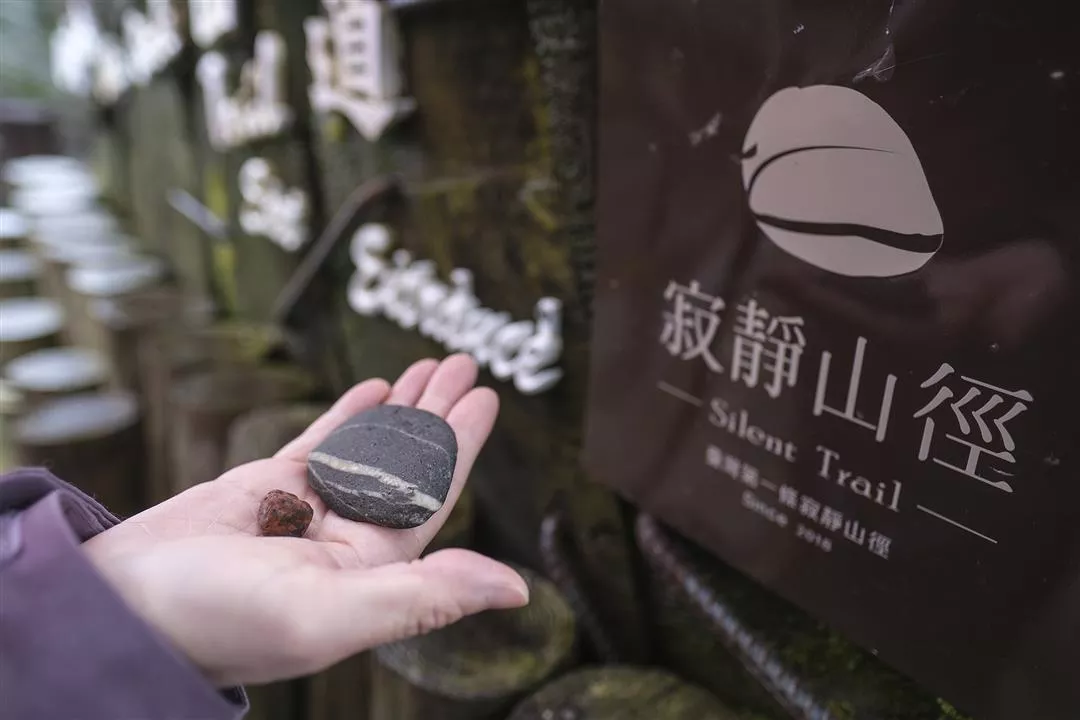
A stone from Taiwan traveled to the US’ “one square inch of silence” and returned with a companion: a stone from the Hoh Rainforest. The two stones’ arrival marked a turning point in the promotion of quiet trails in Taiwan.
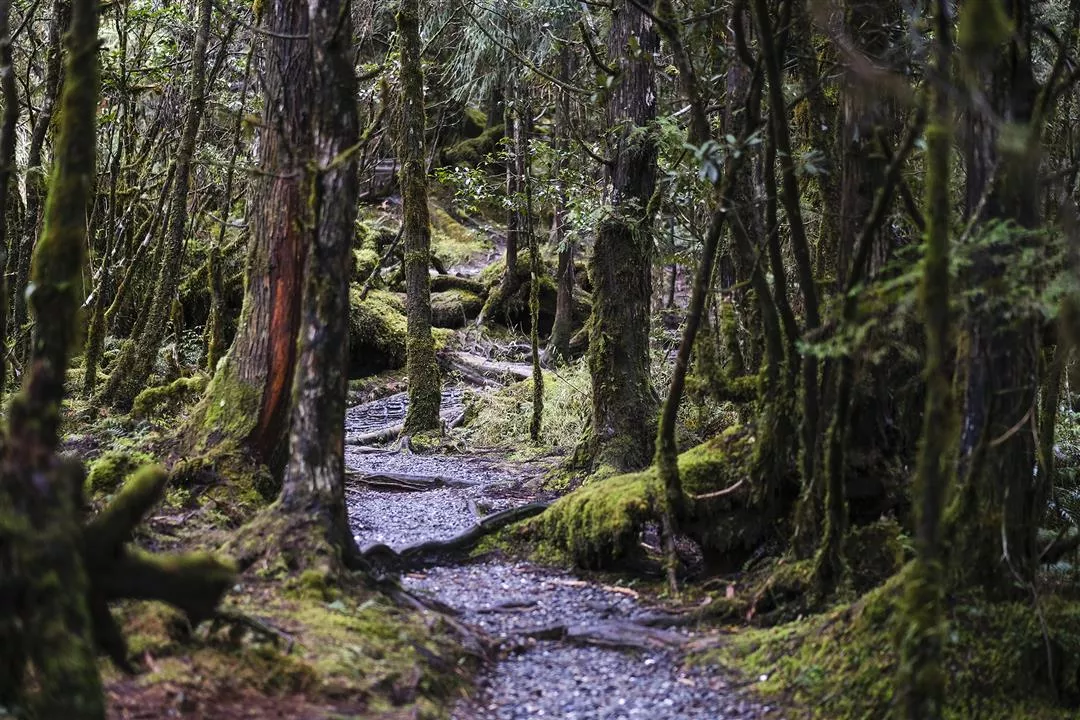
The dense forest and mosses on this section of the Cueifong Lake Circular Trail isolate it from the sounds of the outside world, seeding the power of silence within visitors’ souls. It is Taiwan’s “one square inch of silence.”
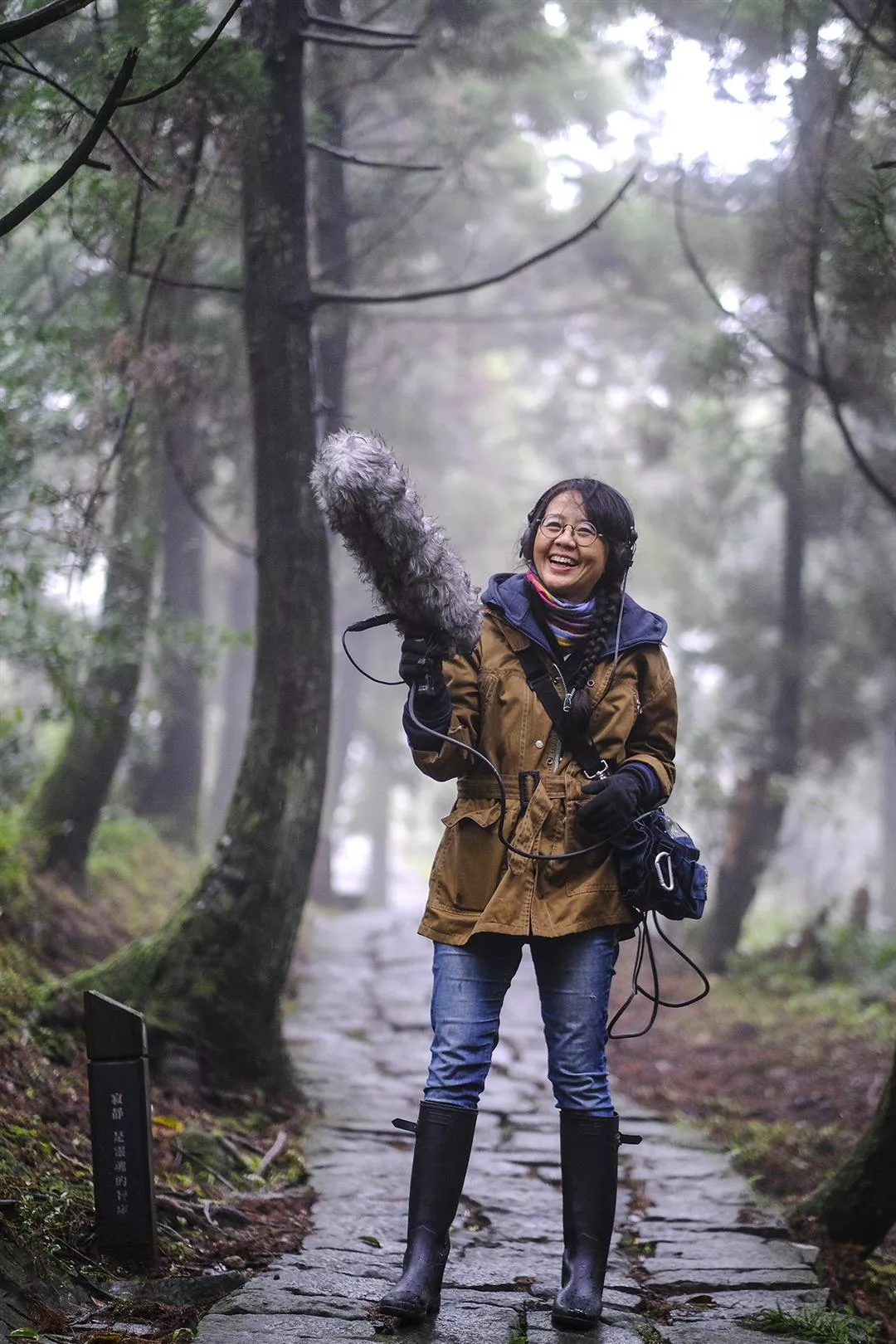
Laila Fan’s work recording in the wilderness showed her the power of silence and awakened the hope that she could use quiet trails to introduce people to the sounds of nature.
Taiwan’s one square inch
The photos in Hempton’s book reminded Fan of the cypress forests of Taipingshan. She also realized that it was hearing the pure essence of life in the heart of the wilderness that had captivated him and led to his position that silence is not an absence of sound, but the presence of everything.
Taking the wish stone with her to Taipingshan, she related its story to her old friend Lai Baishu, a ranger with the Forestry Bureau’s Luodong Ranger Station. Lai then took her for a walk along the Cueifong (Cuifeng) Lake Circular Trail. Hiking towards the mountains from the lakeshore, they spotted numerous species of indigenous plants and heard the songs of native birds including the Taiwan liocichla and Formosan laughing thrush.
The heart of the trail passes over layers of rock that date to the Ordovician period. Tendrils of mist lend the area a wild and mysterious air. It is a spot where thick moss blankets the ground and covers the limbs of the cypress trees, creating a distinctive natural soundscape. It’s so quiet that the only sounds seem to be those of your own breath. There, Fan suddenly felt a deep connection to everything on Earth. Listening to the feeling, Fan found her center, and Taiwan’s one square inch of silence. It was like a temple to the sound of silence, one she hoped she could transform into a quiet trail.
Since most people find the concept of soundscapes unfamiliar and a bit nebulous, Fan took her wish stone to Italy and Japan to see how they were going about preserving their natural soundscapes and environments. In 2015 she organized a group of likeminded friends into the Soundscape Association of Taiwan, as a means of promoting soundscape conservation and education and increasing dialogue on these topics with government agencies. In 2018, the Luodong Ranger Station’s plans to transform the Cueifong Lake Circular Trail into Taiwan’s first nationally recognized silent trail came to fruition. With that, Fan’s globetrotting wish stone became the visual symbol of Taiwan’s silent trails.
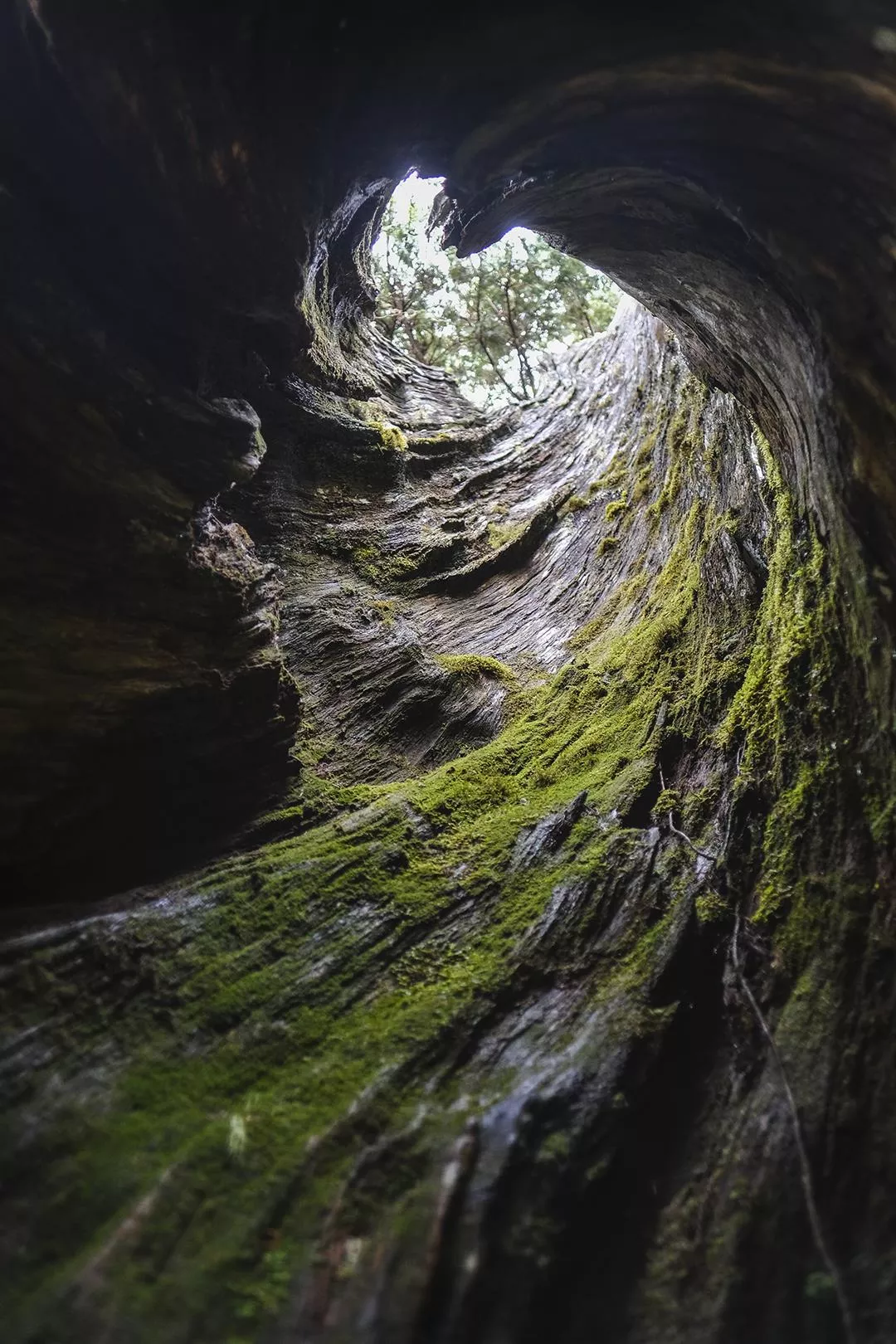

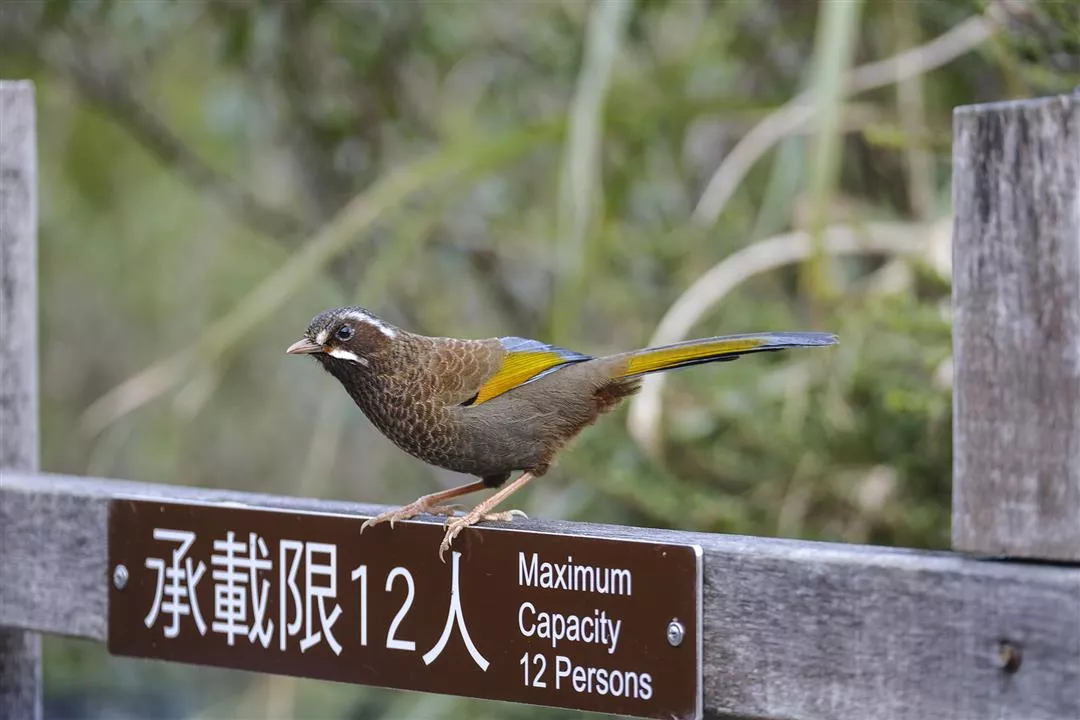
Formosan laughing thrush
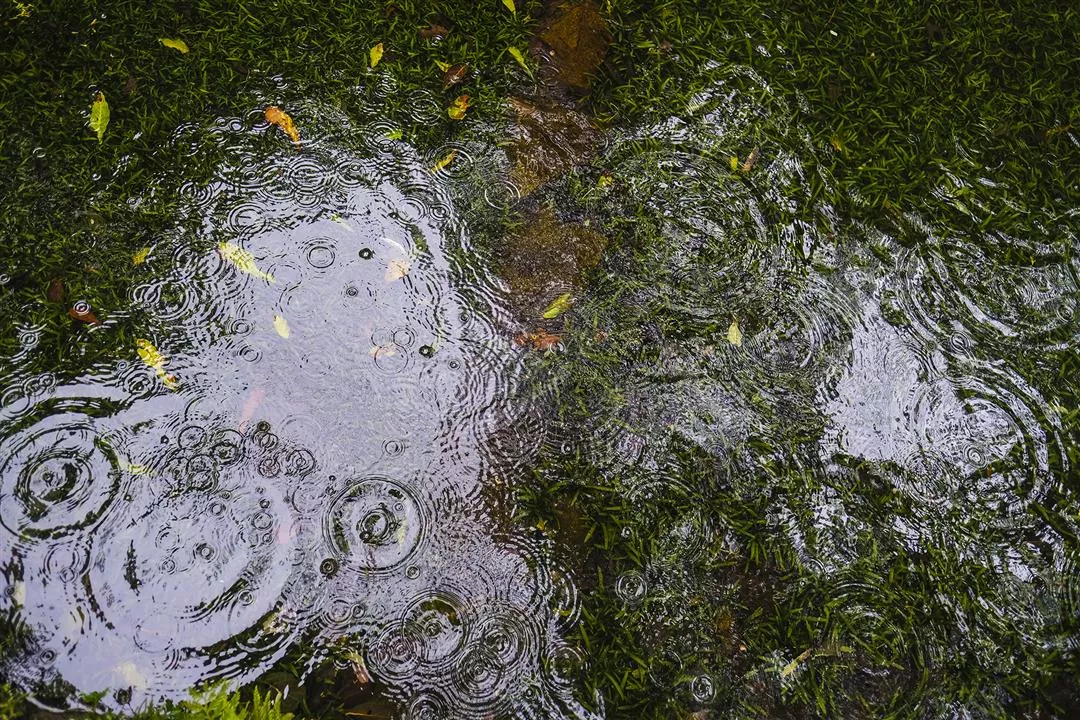
-3.jpg?w=1080&mode=crop&format=webp&quality=80)
Formosan yellow-throated marten
The first quiet urban park
Though she had just spent six years bringing Taiwan’s first silent trail to the public, Fan didn’t rest. When Hempton founded a non-profit called Quiet Parks International in 2019 to bring together sound preservationists in various fields around the world, Fan joined the board and began providing advice on the Asia region.
QPI categorizes silent places by type—wilderness quiet parks, marine quiet parks, urban quiet parks, quiet trails, quiet stays, and quiet residences and communities—and offers certification of each kind. Fan contrasts “quiet,” which she describes as a kind of peace and serenity that reflects concern for and love of living things, and “silence,” which she says is a kind of transcendent boundary such that one can be calm and present in the moment even in a noisy environment. It is an internal connection to something deeper, a kind of endpoint or ultimate answer to knowledge. One must have an attitude of quiet in order to feel the power of silence and sense the essence of life amid the riotous profusion of Nature. QPI’s certifications focus on quiet because it’s an easier concept for the public to grasp.
In June 2020, Yangmingshan National Park (YMSNP) received a QPI certification that made it the first urban quiet park in the world, one that welcomes international travelers to enjoy a tranquil and moving visit to Taiwan. The same month, the park administration made the Menghuan Pond Trail the park’s first silent trail. Fan says Menghuan Pond has a fantastic soundscape: Visitors who are willing to sit quietly can listen to Taipei tree frogs in the winter, and Tanna sozanensis, a type of cicada, in the summer. She adds that Taiwan is the only place in the world that you can hear either of these creatures.
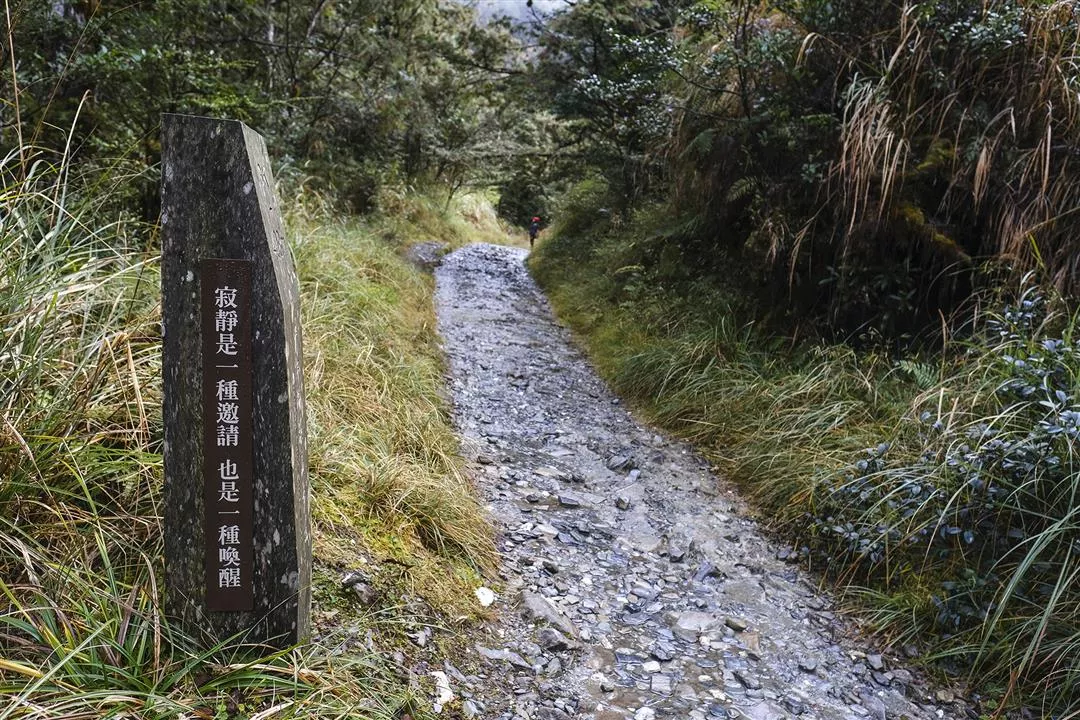
“Silence is an invitation and an awakening.” Thoughtfully designed trail markers like these offer encouragement to hikers.
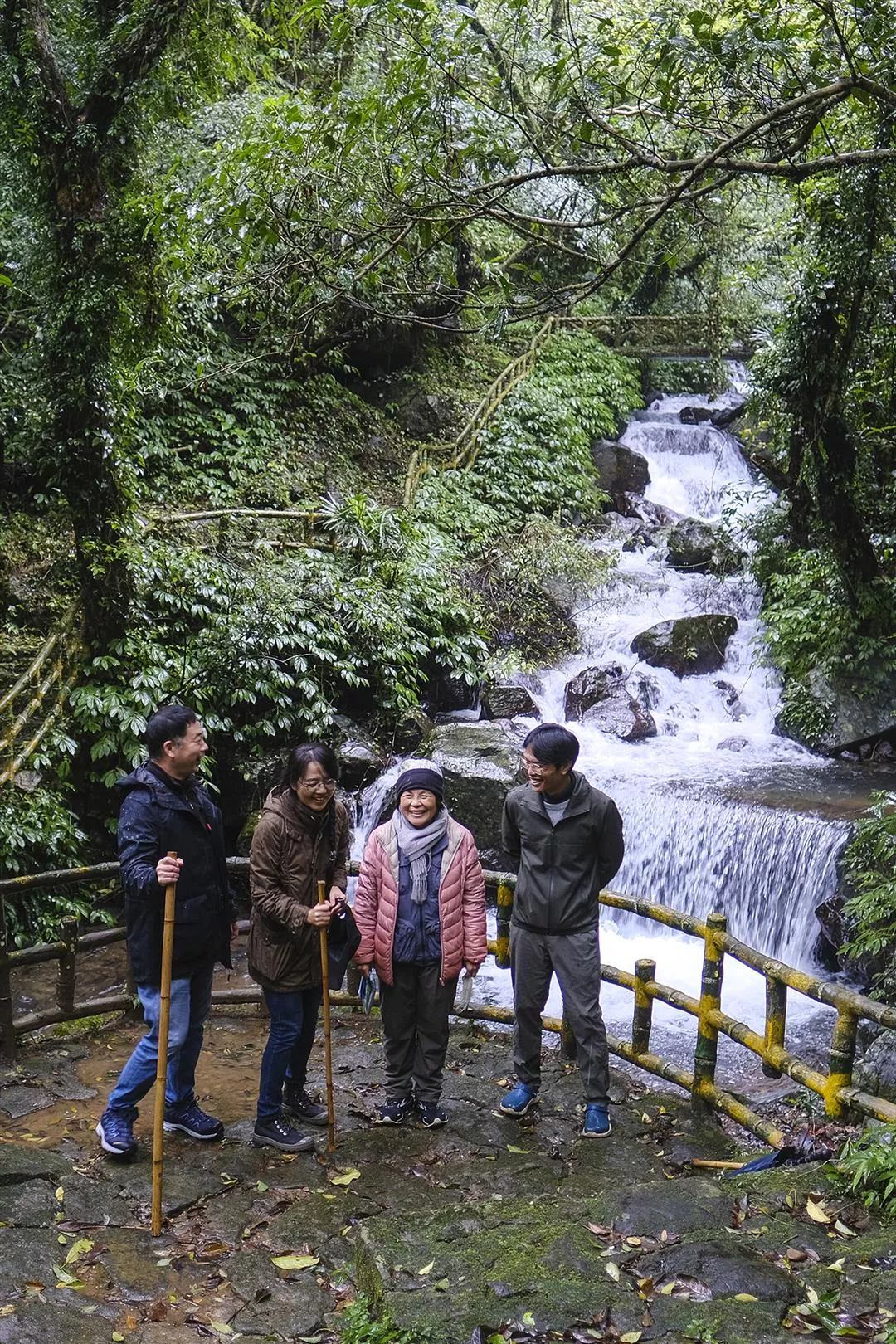
Laila Fan (second from left) believes that drawing on the power of the public to promote soundscape conservation has made Taiwan a world leader in the development of quiet trails.
Pioneering quiet
Fan says that Taipingshan’s Cueifong Lake Circular Trail will become the world’s first certified quiet trail when it obtains its own QPI certification in April of this year. Meanwhile, YMSNP is arranging listening experiences themed around wind, fire, water, earth and wood for other trails within the park. For example, the Xiaoyoukeng fumarole will offer visitors a chance to experience the Earth’s power by listening to “fire” via the sound of subterranean sulfur gas venting into the atmosphere.
The many kinds of flowing water found within the YMSNP’s Tianxiayuan Ecology Education Center include everything from a calm pool to a waterfall, and provide visitors opportunities for water listening experiences. Far from residential and office towers, one can immerse oneself in the natural setting and appreciate the many sounds water makes, such as the quiet drip of water falling from the tip of a leaf into a pond below. “When you can hear the sound of an individual raindrop, you have truly cleared your mind,” says Fan.
Rather than seeking simply to increase the number of Taiwan’s silent trails, Fan is constantly thinking about how to take things to another level, beyond international certification and themed listening experiences. She says that the next step is developing life aesthetics education in hopes of sparking new philosophical and spiritual ideas.
Taiwan is slowly shaping its own domestic model for soundscape preservation. When engaging in environmental conservation, Taiwan has always followed strategies developed in other countries. This time, we are in the vanguard, and the international community is seeing for itself how Taiwan speaks on behalf of silence.
It has been nearly a decade since Laila Fan’s wish stone started Taiwan on a path to silent trails. Now she speaks happily about sending her stone on to the next country to approve the creation of a quiet trail, in effect extending Taiwan’s silent footpaths out into the world beyond our island. She also wants to hold a fundraiser for Malaysia’s rainforests aimed at helping transform them into quiet wilderness parks and conserving local frog species. We sincerely hope that these dreams come to fruition, and that everyone walking one of Taiwan’s silent trails finds their way to their inner self.
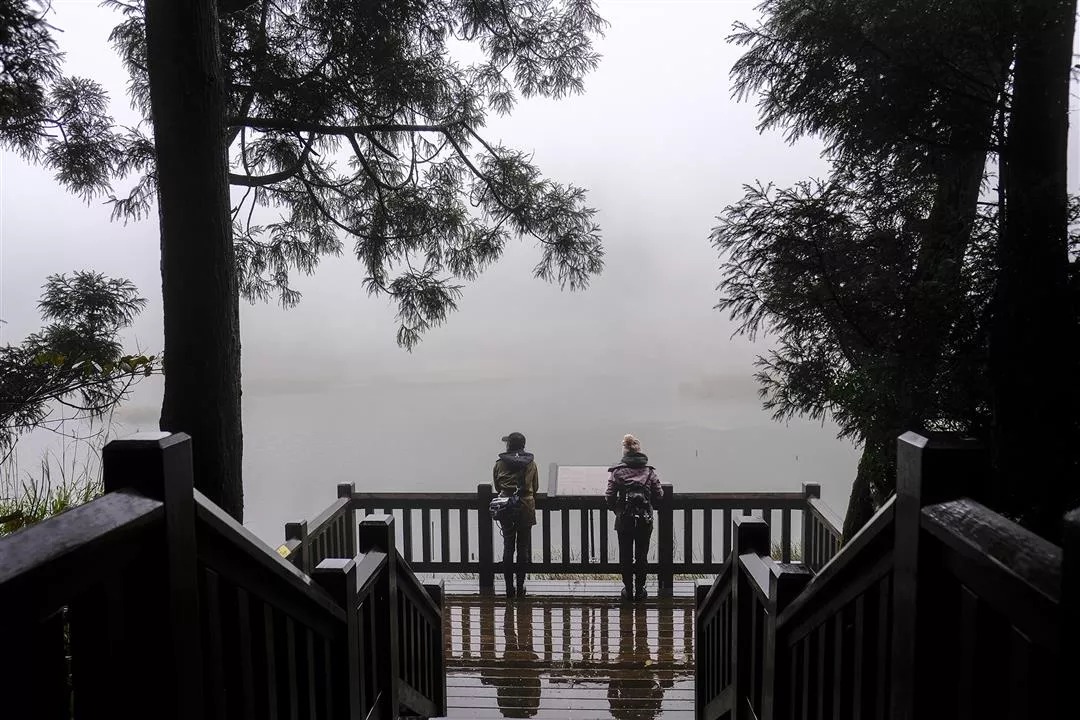
Amid the ever-changing mists at Yangmingshan’s Menghuan Pond, hikers listen to the “song” of the land, an invitation sent out by Taiwan’s silent trails.


@List.jpg?w=522&h=410&mode=crop&format=webp&quality=80)



@List.jpg?w=522&h=410&mode=crop&format=webp&quality=80)